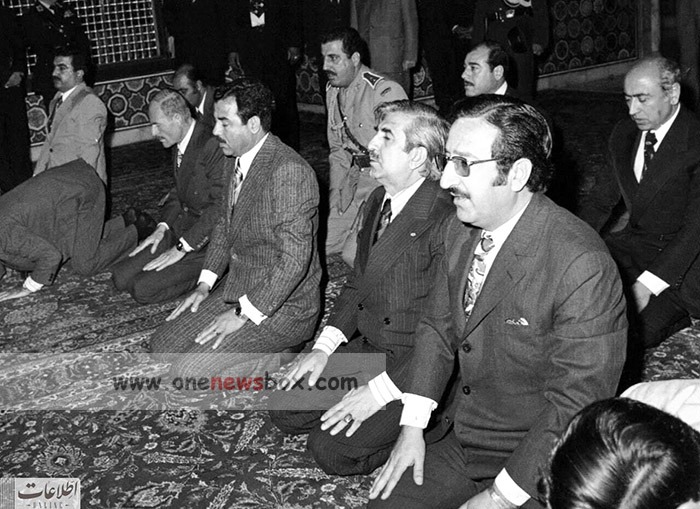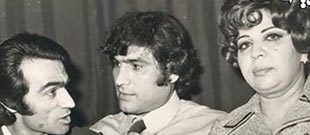On July 22, 1979, Saddam Hussein convened an extraordinary assembly of Ba’ath Party leaders in Baghdad. This meeting, which was meticulously planned and videotaped, marked a significant and brutal turning point in the internal politics of Iraq’s ruling party. During this assembly, Saddam orchestrated a dramatic purge, claiming to have uncovered a fifth column within the Ba’ath Party. This event not only consolidated Saddam’s power but also instilled a climate of fear and absolute loyalty within the party ranks.
Background: The Rise of Saddam Hussein
Saddam Hussein had been a key figure in the Ba’ath Party for years before becoming the President of Iraq. His rise to power was characterized by strategic maneuvering and a ruthless approach to eliminating rivals. By 1979, Saddam was already the de facto leader of Iraq, but the formal transfer of power from President Ahmed Hassan al-Bakr to Saddam on July 16, 1979, marked the official beginning of his rule.
The Assembly of July 22, 1979
The assembly convened on July 22, 1979, was ostensibly a regular meeting of Ba’ath Party leaders. However, it quickly became apparent that Saddam had other plans. The meeting was not only an opportunity for Saddam to assert his authority but also a carefully staged political theater designed to eliminate potential threats to his leadership.
The Revelation of a Fifth Column
During the assembly, Saddam claimed to have uncovered a conspiracy within the Ba’ath Party. He directed Muhyi Abdel-Hussein, a senior party member, to read out a confession and the names of 68 alleged co-conspirators. These individuals were accused of plotting against the Ba’ath Party and, by extension, against Saddam himself. The list included several high-ranking members who were considered disloyal.

